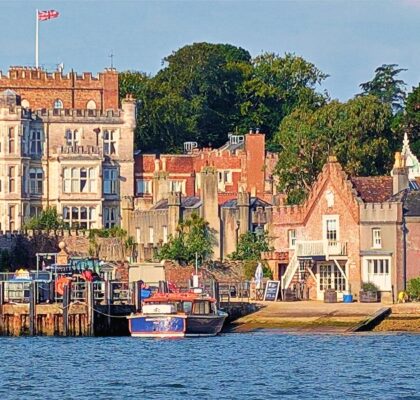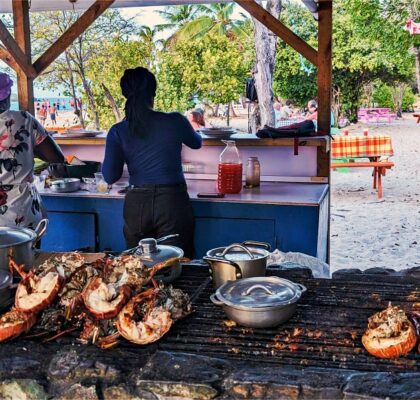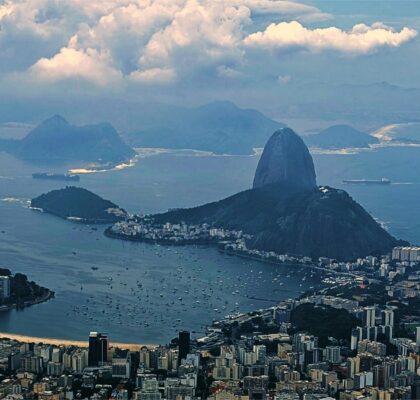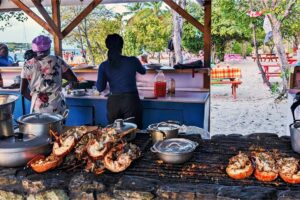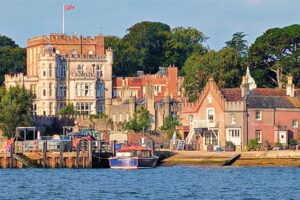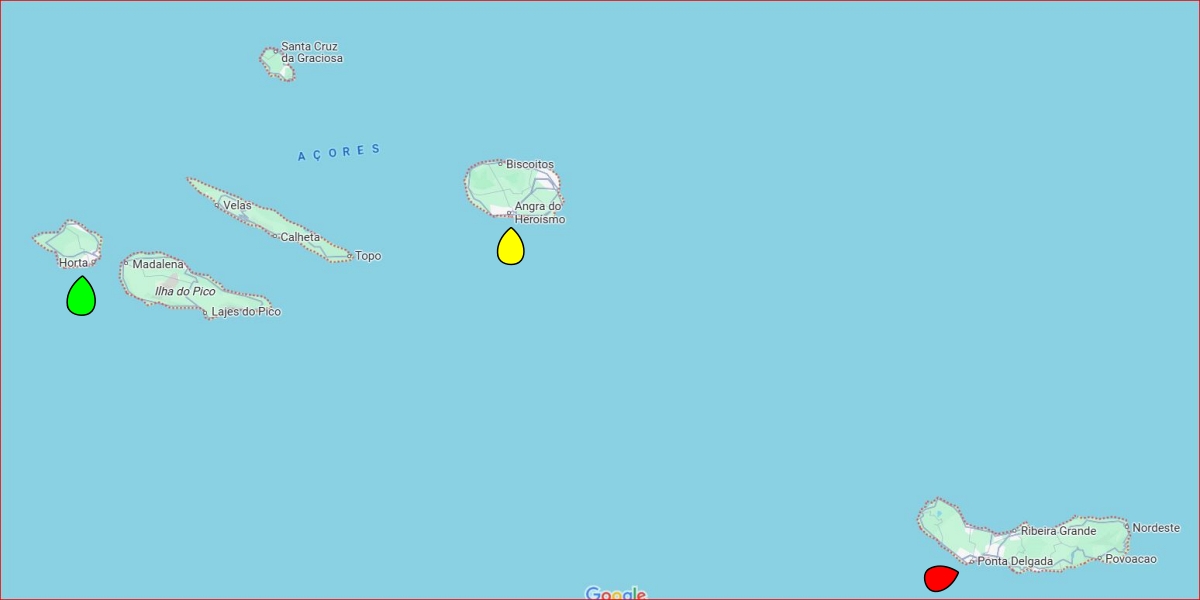
During our sail from Martinique to the Azores André fished but then had to stop because of all the Sargassum seaweed. We saw dolphins, André brushed up his Portuguese and Fione carried on learning. After 26 days sailing we arrived in Horta, the capital of Faial Island, anchoring at 1.20 am with the help of a full moon.
The Azores are a set of 9 islands in the middle of the Atlantic with mountains, lush vegetation, extinct volcanoes, thermal pools, lakes, fields, rugged coastlines, flowers, cattle and picturesque small towns and villages with numerous churches. For centuries the islands have produced tiles painted with blue cobalt which were used to cover urban buildings and walls of churches. The beautiful tiles are often painted with illustrations varying from religious, plants, landscapes…..
Whale hunting was common until mid 20th century. At Porto Pim we visited a whale factory museum to learn more. During quiet times on the boats seamen carved and decorated whale teeth some of which are displayed in Scrimshaw museum next to the old, well renowned Peter’s Café Sport. We went to the Capelinhos Volcanology Centre set in an eerie moonscape where in 1957 an eruption extended the island by almost 2.5 kms. Here we learned about the formation of these volcanic islands.
We sailed along the island of Pico past the highest mountain in Portugal, the volcano Ponta do Pico 2351m, often shrouded in cloud. We anchored outside the marina in Angra do Heroismo, Terceira, at 4.50 am, surprised to hear music and see dancing. It was the celebrations of the Sanjoaninas, St John, on June 24th, which last all week. In a nearby village we saw a tourada a corda, a bullfight where the matadors provoke the bulls but never hurt them. A bull is released in the streets and everyone shelters behind fences and walls. We watched one fight and then left; unbeknown to us another bull was released making us run for shelter. Fione got stuck scrambling over a wall and with the bull nearing her, a kind matador lifted her over it and to safety! On the Sunday in Angra there were many church processions accompanied by bands, where everyone was dressed in their Sunday best with some young girls dressed in white carrying precious religious relics. There were many stalls where we sampled delicious local dishes sitting outside before watching the bands march throughout the town and playing. The culmination of the celebrations was a wonderful firework display at midnight watched from our boat. We walked around Angra admiring the colourful old houses, visiting beautiful churches and the impressive Baroque-era Convento de Sao Francisco. A bus ride through green countryside and hamlets to attractive Praia de Vitoria on the east coast enabled us to again admire the blue painted tiles in the often ornate churches.
From Terceira we sailed to Ponta Delgada, Sao Miguel. This is a busier island with modern tall buildings and also old houses, churches and convents like richly decorated Convento de Nossa Senhora da Esperança. As part of the St. John celebrations and the 50th anniversary of the Carnation Revolution, for 3 evenings there were free outdoor concerts: opera and popular songs. By bus we crossed to the north coast to the Lagoa das Sete Cidades located inside a volcanic caldera with a perimeter of around 12 kms where there are 2 lagoons, the blue and the green, surrounded by hydrangeas. A highlight was a whale watching outing when we saw not only dolphins and loggerhead turtles but also 5 sperm whales.
We loved our time in the Azores, not just because of the beautiful and varied scenery, impressive buildings, the history, and tasty local food, but also because the locals are very friendly and we were fortunate enough to participate in the St John celebrations and have a glimpse of life on these isolated islands.
